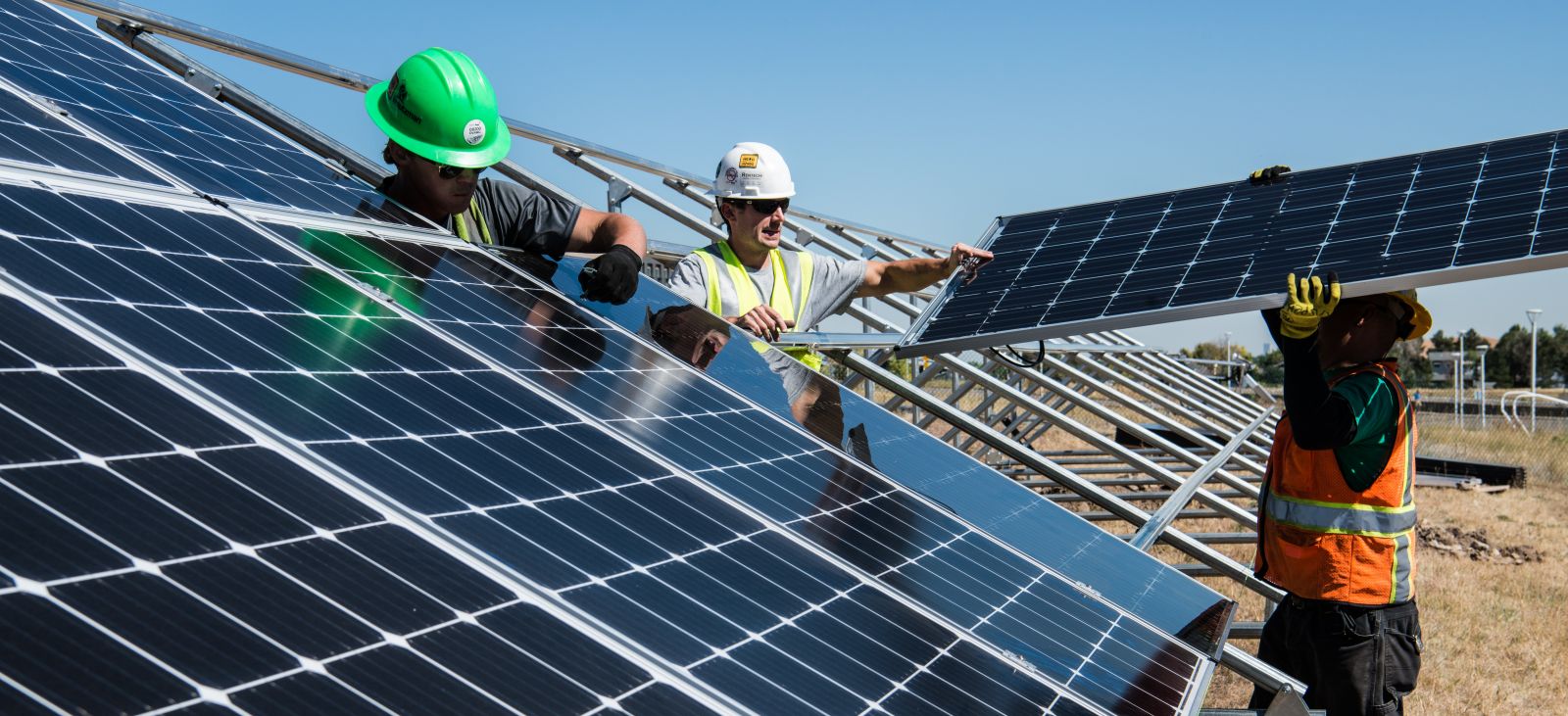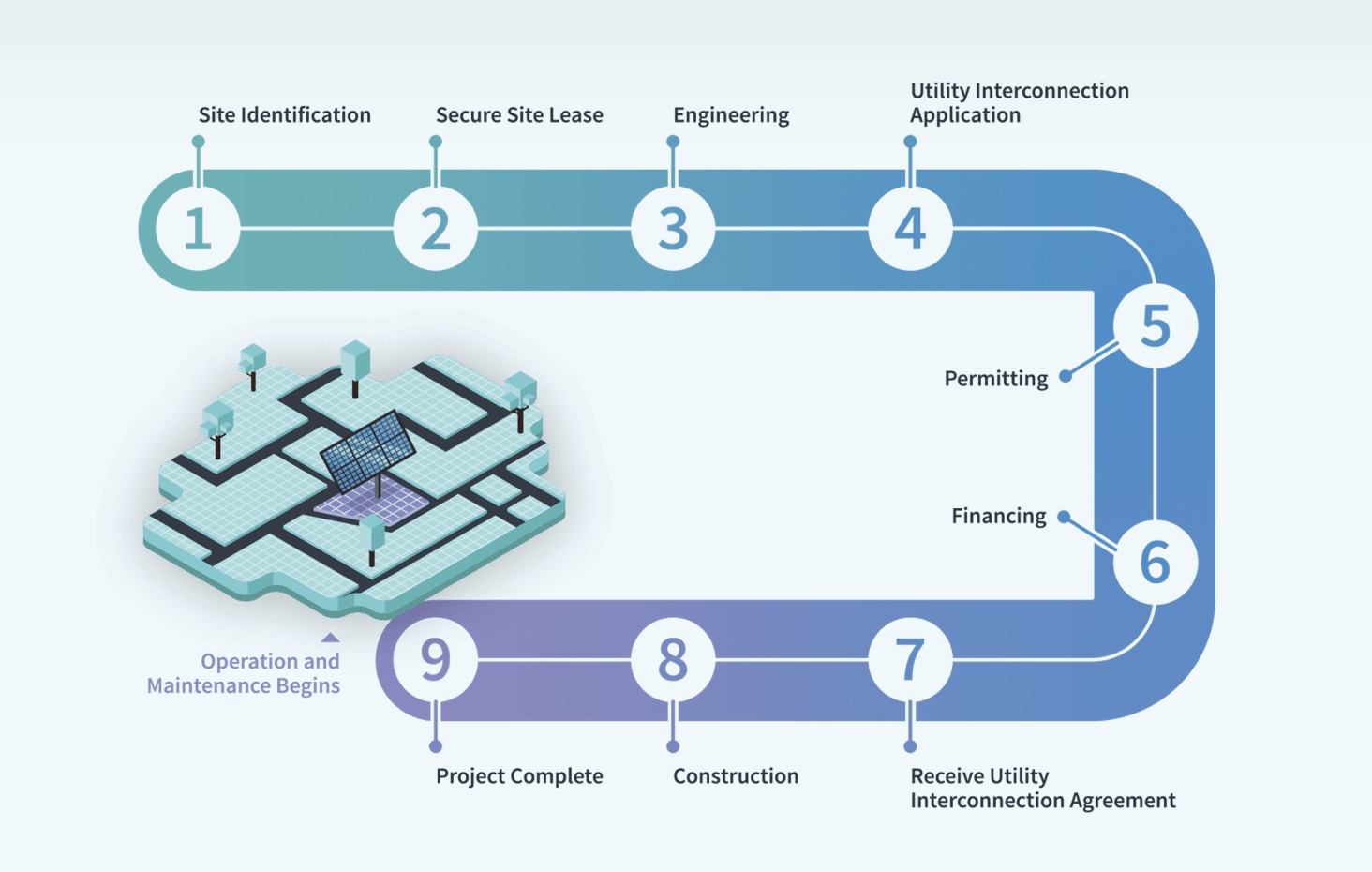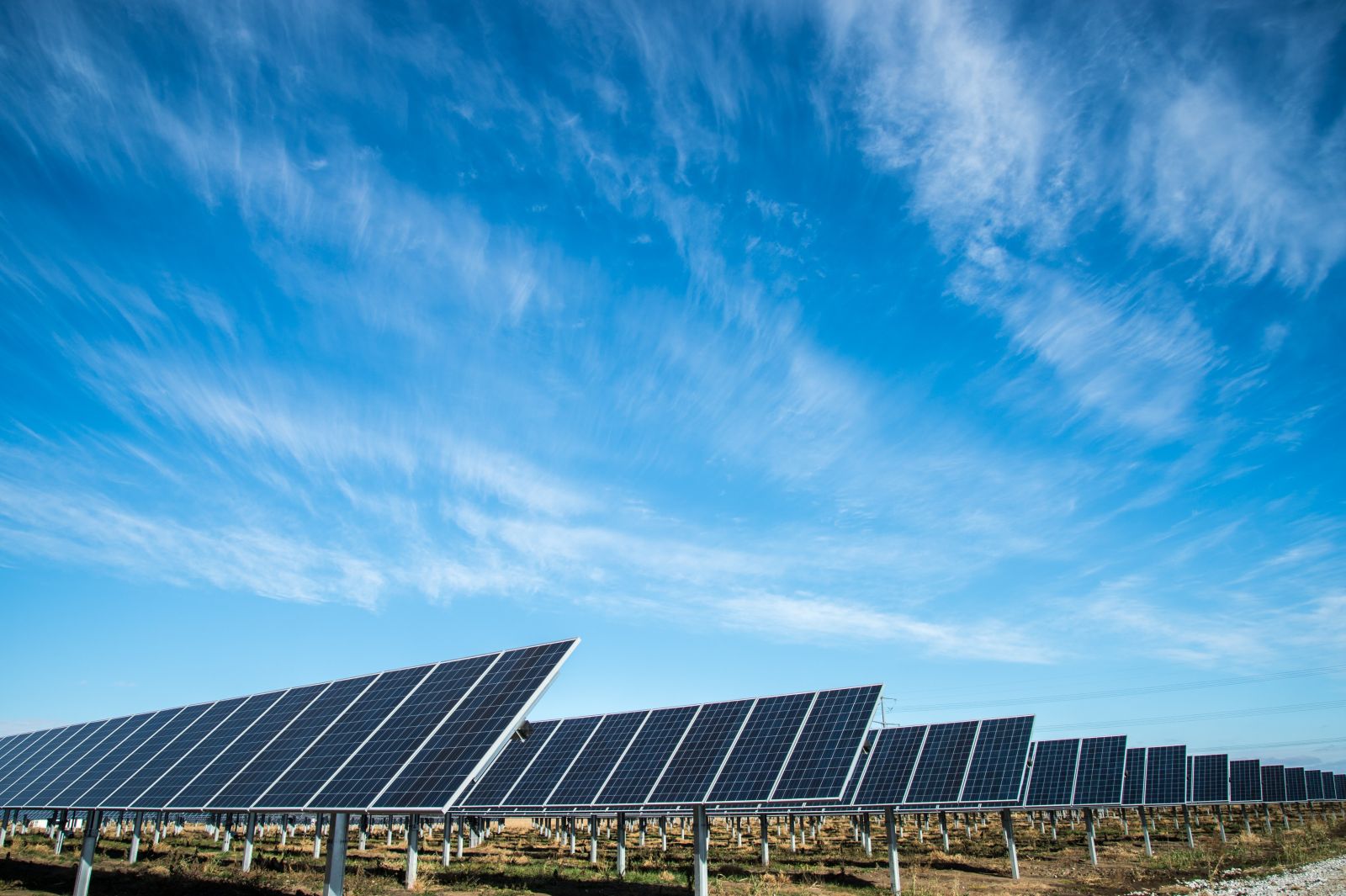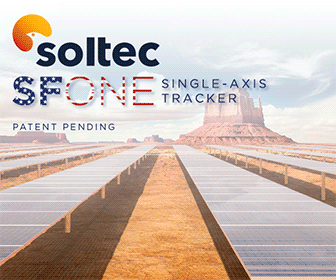Why Solar Farms Aren't Turn-Key, and Why That's Okay
Solar energy is expected to become an indispensable part of our energy supply as the United States is preparing to transition from fossil fuels to renewable energy within the next few decades. Renewable energy goals include a 50-52 percent reduction (from 2005 levels) in economy-wide net greenhouse gas pollution in 2030. This ambition will not be realized without the help of solar energy.

Just about every day, you can find news of a new solar farm being built somewhere in the country. Everyone with a few acres to spare is jumping on the bandwagon - or so it seems. You might expect landowners to embrace solar farms as a source of supplemental income and to boost their green social standing. Yet they will often hesitate to consider opportunities offered by developers because they fear that their land is going to be tied up for several years before they receive any net return from the solar farm. While there is no denying that solar farms aren't exactly out-of-the box propositions, there are legitimate reasons for why things take as long as they do. In what follows, we elaborate both on the causes of the waiting period and why landowners are less negatively impacted by the application process than they dread they will be.
Let's start with the degree to which land will actually be tied up. In cases where the property is currently being farmed or used for recreational purposes, there is no limitation on that use during the development period. In other words, while most other cases that involve "tying up" the property may indicate losing the flexibility to use one's property, it's not so in the case of solar. The most important aspect of any deal is communication; it helps for landowners to be specific about their concerns. What happens, for example, when construction begins in the middle of a growing season and a landowner's entire crop is ruined? Landowners may be surprised to learn that developers are often happy to include crop provisions to compensate the landowner for any damages.

That being said, it does take time to develop a solar project. Developers must invest extensively in engineering, interconnection applications, permitting activities, and more - all before knowing if the project will ever come to fruition. Unsurprisingly, utility companies are playing a less than constructive role in speeding up any part of this process.
First, because of national security concerns, utilities are very careful about sharing any information about the grid prior to reviewing interconnection applications. For this reason, it is difficult for the developers to identify suitable lines before putting the property under option.

Secondly, developers are now being required by the utility to show site control for at least 3 years, with the reason being that they don't want to spend the time to evaluate the application only for the developer to run out of time. Interconnection often costs millions of dollars, and includes upgrades to lines and improved or new substations. Given the large number of applications entering the queue, there are indications that these restrictions will become more severe, causing application deposits and site control requirements to increase. Luckily, developers are well-capitalized and fairly comfortable paying option premiums for the time.
The key is patience. There are many reasons why kicking off a solar development project often take several years; landowners should not let a project timeline discourage them from pursuing these opportunities. Some delays have their origin in the due diligence of utility companies, which is to the benefit of the landowners. Another major benefit of solar is that, long before a solar farm is up and operational, the land can continue to be used for other purposes.
Nathan Fabrick is VP of Corporate Development of National Land Realty. The company's video technology and GIS land mapping system are offered for free to the public.
National Land Realty | www.nationallandcommercial.com
Author: Nathan Fabrick
Volume: 2021 September/October









.gif?r=9236)

.jpg?r=1803)
.jpg?r=8131)